NASA’s James Webb Space Telescope has made a startling discovery on Jupiter’s moon Europa. The telescope has found carbon dioxide on the surface of this icy moon, which could be a sign that Europa’s ocean is habitable.
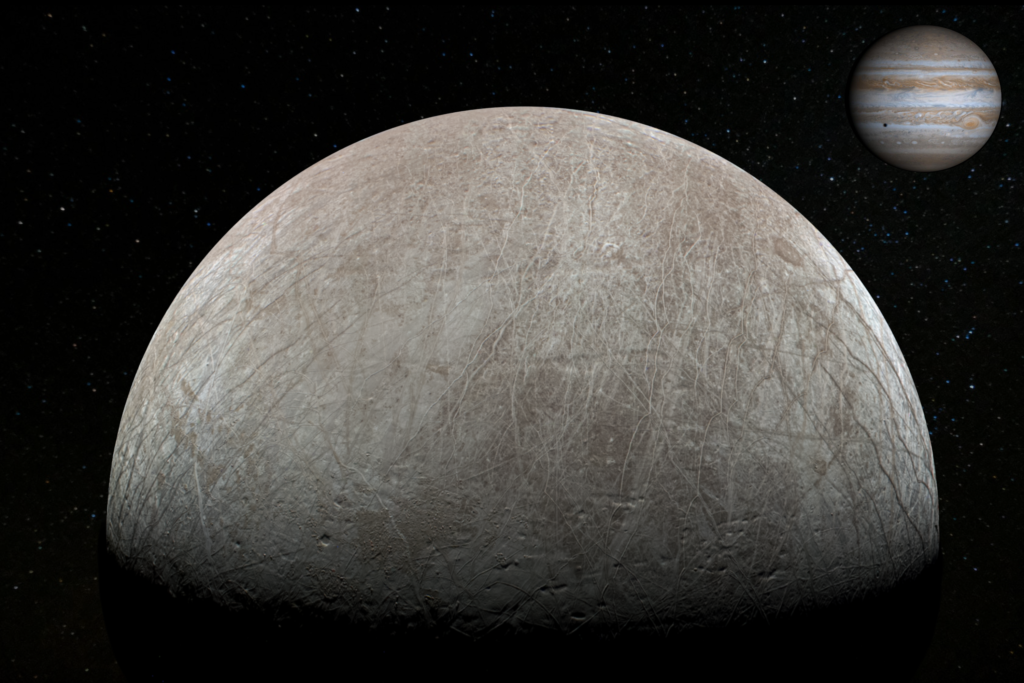
Europa is one of the most promising places in our solar system to search for life beyond Earth. It is believed to have a subsurface ocean of liquid water, and scientists have been eager to learn more about its chemistry.
The discovery of carbon dioxide on Europa’s surface is a significant step forward. Carbon is an essential element for life, and its presence on Europa suggests that the ocean could support life as we know it.
How did Webb find carbon dioxide on Europa?
Webb is equipped with a powerful instrument called the Near-Infrared Spectrograph (NIRSpec). NIRSpec can detect specific chemicals in the atmosphere and on the surfaces of planets and moons.
To find carbon dioxide on Europa, Webb scientists used NIRSpec to analyze the light reflected from the moon’s surface. The light reflected from different chemicals has different wavelengths, so scientists can identify the chemicals present by analyzing the wavelengths of the light.

What does this discovery mean for the search for life on Europa?
The discovery of carbon dioxide on Europa is a strong indication that the moon’s ocean is habitable. Carbon is an essential element for life, and its presence in the ocean suggests that the ocean could support life as we know it.
However, it is important to note that the discovery of carbon dioxide does not prove that life exists on Europa. More research is needed to determine if the ocean is actually habitable and if life has actually evolved there.
What’s next for Europa?
NASA is planning to launch the Europa Clipper mission in October 2024. Europa Clipper will orbit Europa and perform dozens of close flybys of the moon. The mission will collect data on Europa’s surface, atmosphere, and interior.
Europa Clipper will also search for evidence of plumes of water vapor erupting from Europa’s surface. Plumes would be a strong indication that the ocean is connected to the surface and that life could potentially exist there.
Here is a very simple and Interactive Quiz to Conclude this Blog:
Question 1: What is Europa?
- A moon of Jupiter
- A planet in our solar system
- A star in our galaxy
- A nebula in our galaxy
Question 2: What is significant about the discovery of carbon dioxide on Europa?
- It suggests that Europa’s ocean is habitable.
- Life exists on Europa.
- It tells us about the composition of Europa’s atmosphere.
- It tells us about the composition of Europa’s surface.
Question 3: What is the purpose of the Europa Clipper mission? : To Study
- To search for evidence of life on Europa.
- The surface of Europa.
- The atmosphere of Europa.
- The interior of Europa.
Answers:
- A moon of Jupiter
- It suggests that Europa’s ocean is habitable.
- To search for evidence of life on Europa.
We hope you enjoyed this interactive blog post about NASA’s Webb discovery on Jupiter’s moon Europa. If you want to know, What India’s Aditya L1 mission of ISRO is all about, then click the post below:
If you liked our article then share it with your friends, who are interested in science and technology and if you want to explore more articles and web stories like this, click on the link below:
If you like to watch videos like this article, go on our YouTube channel. We’ll be uploading more stories like this there:

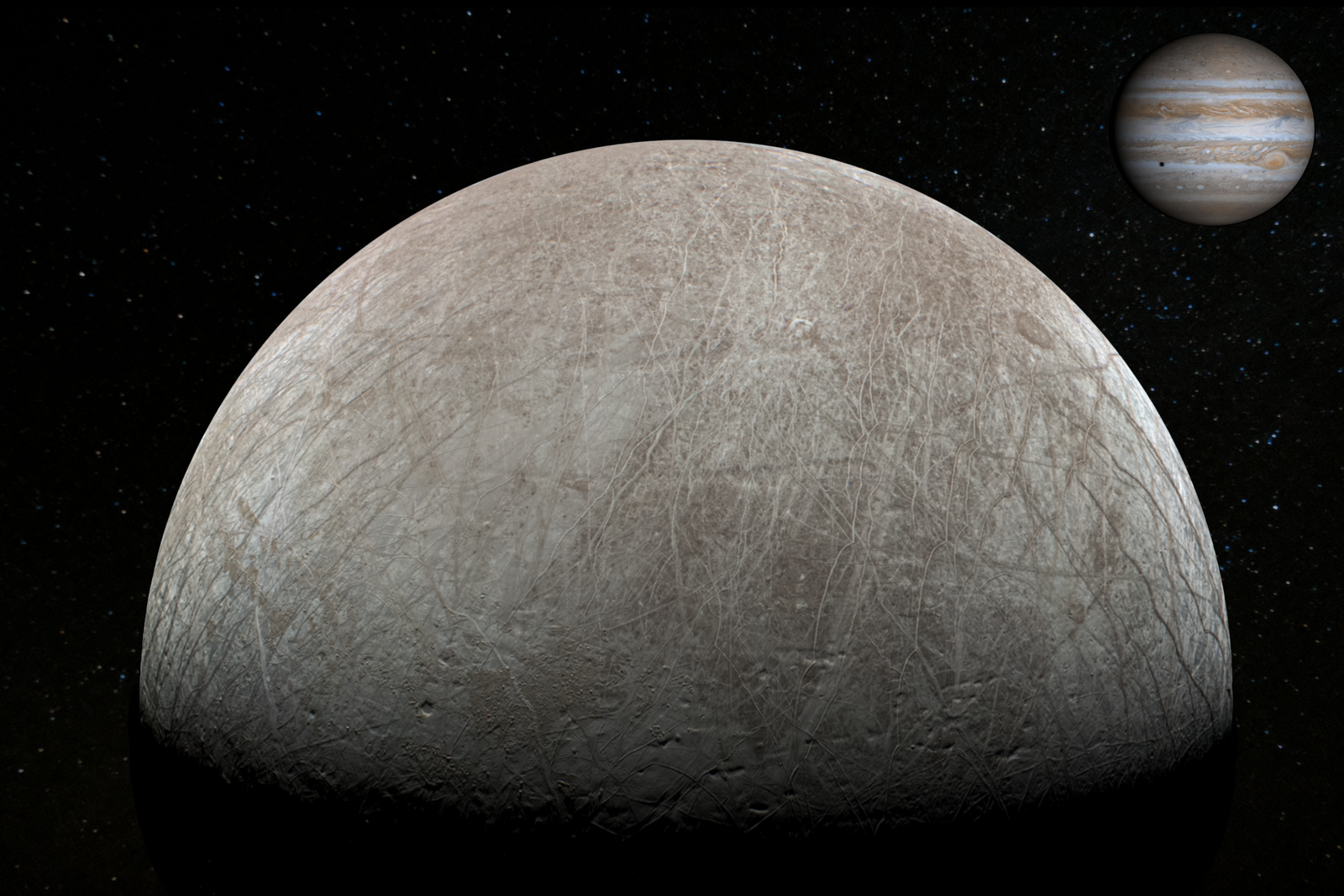
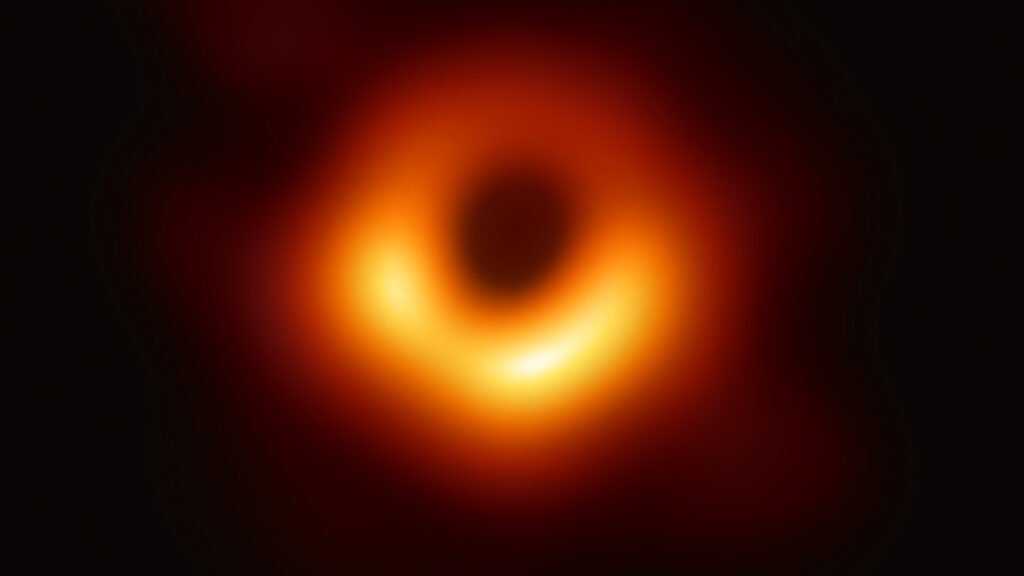


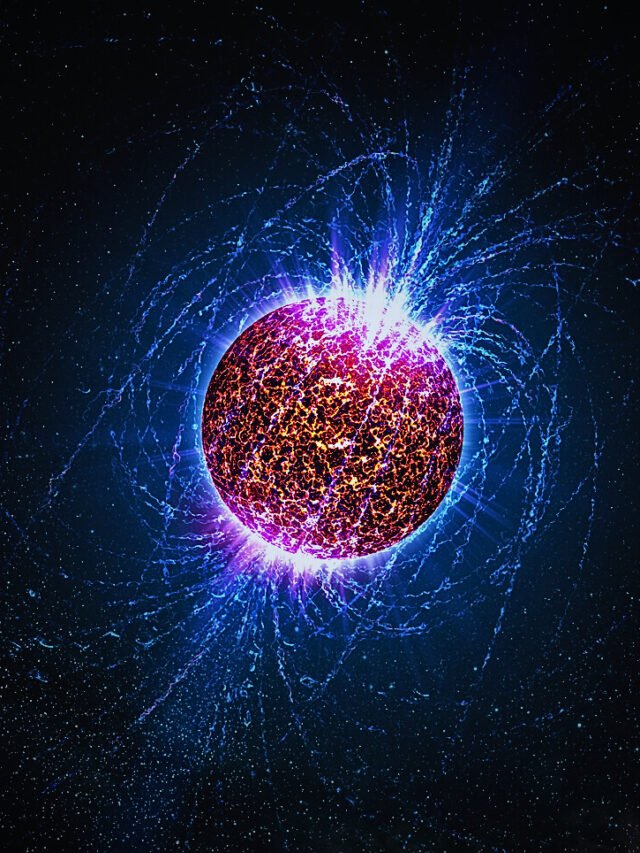


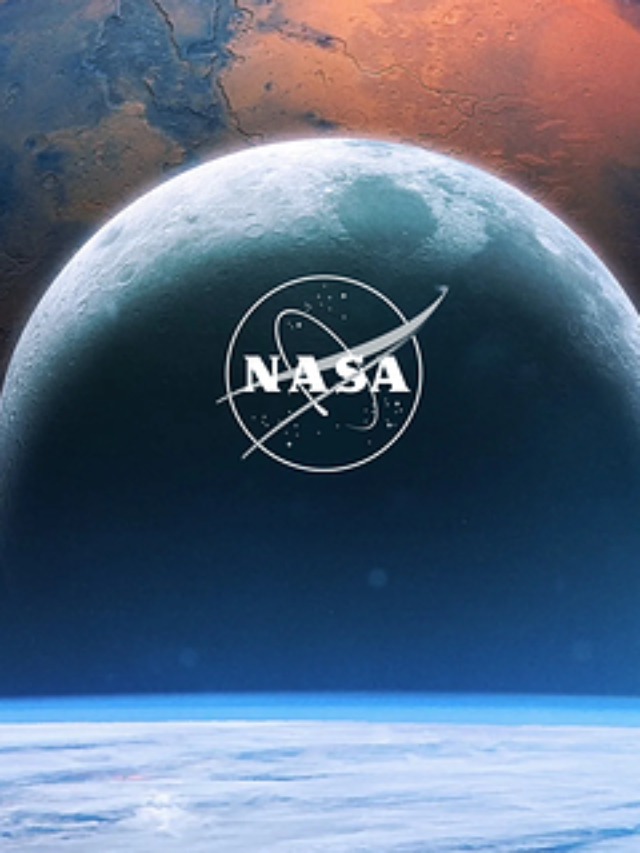
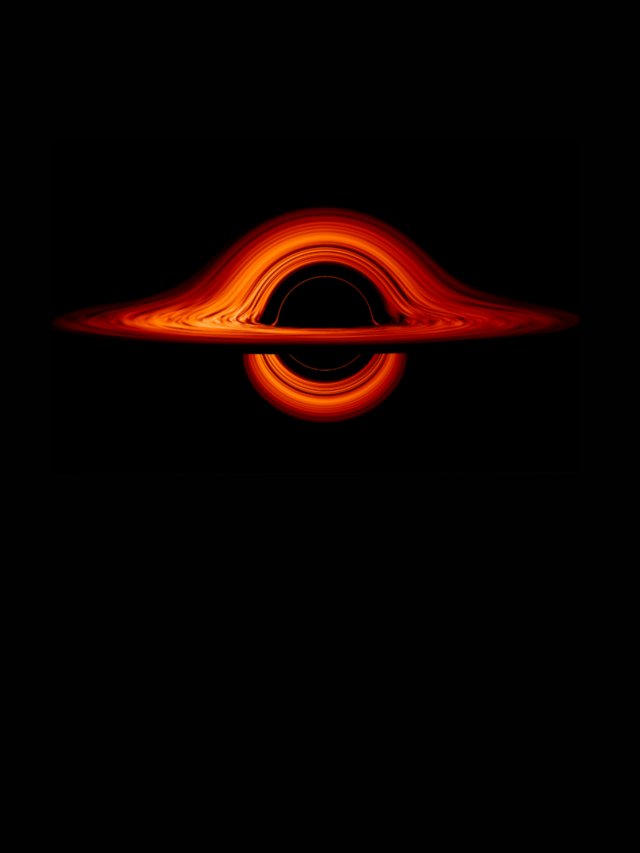
One Comment